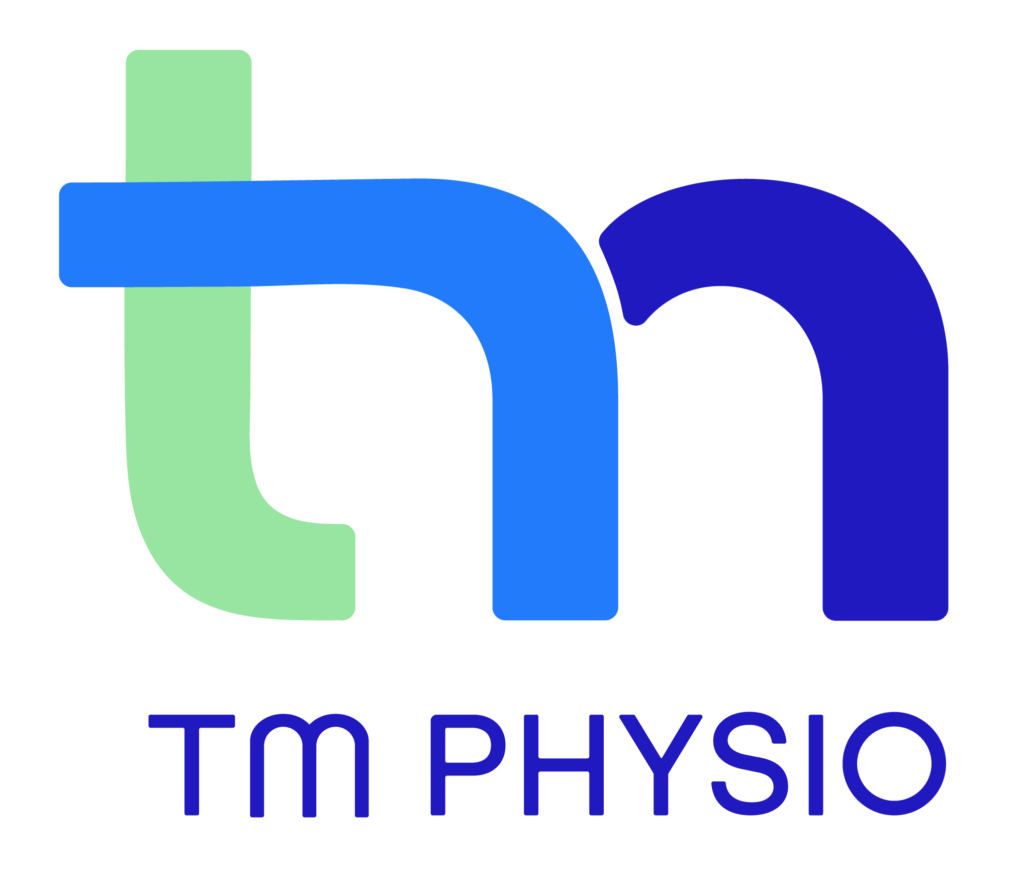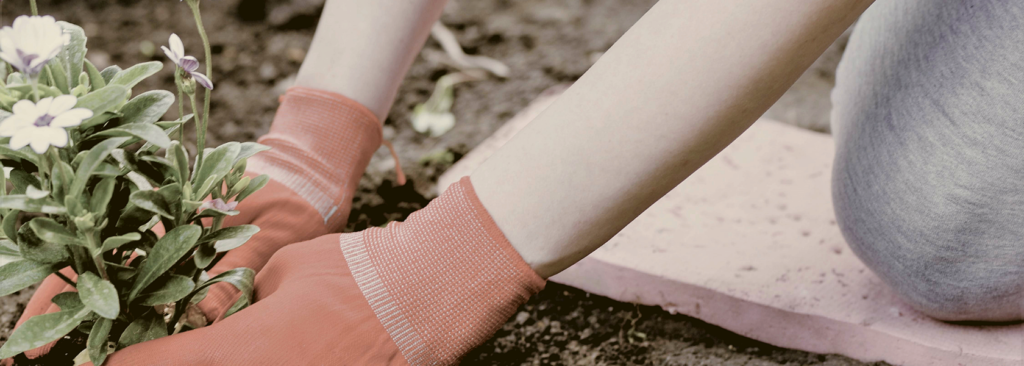With Spring, comes motivation – motivation to finish those DIY jobs, spring clean or get the garden looking fabulous for the sunny months ahead. This is fantastic, although it’s also the time we start seeing new injuries as people jump into activities without preparation, or with bad posture. So here’s our list of 3 common gardening injuries and their prevention, so you can spring into Summer injury-free!
1. Low Back Pain:
Low back pain is defined as pain located anywhere between the bottom of the rib cage and bottom of the buttock (excuse the pun) – so quite a large area! The most common injuries that account for 90-95% of low back pain include muscle strains and overloads, joint and ligament sprains, and disc related injuries. The other 5% of low back injury includes disc herniation that may compress nerves, fractures and systemic illness and other important medical conditions that your therapist will screen for.
A lot of low back pain can be caused by an acute overload, of doing to much unaccustomed strenuous activity. Long periods of sedentary behavior also predisposes us to more occurrences of low back pain. But we can also get tired and fatigued from time to time which may cause that niggle and ache in our back to build up to a real pain!
There are many ways you can help to prevent low back pain from occurring, so here are a few ideas:
- Raise your beds: If you have the luxury, raise up your planters so they’re easily accessible, and they don’t require you to bend over too far.
- Lift supplies properly: Bend at your hips and knees and keep your back straight to pick something up. If it’s heavier than you can manage, get a friend to help.
- Move and take regular breaks: Try not to stay in one position for too long. For example, alternate between weeding and raking or pruning, to give your body a break from kneeling and bending forward.
2. Knee Pain:
The knee is the largest joint in the body. It is made up of a complex array of structures, and pain can be felt on the front, back, inside, and outside of the knee. The structures that are commonly affected include tendons (the bits that connect muscle to bone), bursae (the fluid filled sacs which reduce friction at joints), fat pads (fatty tissue which fills the space at the front of the knee), and the meniscus (the soft but strong structures inside the knee which provide support and stability to the knee during movement). More severe traumatic injuries may involve the ligaments which hold the bones of the joint together.
Gardeners often experience a lot of their pain on the front of the knee, as they are often in a kneeling position for long periods of time. The tendons, bursae and fat pads are particularly susceptible to injury in this position due to the excess compression that occurs when the front of the knee contacts the ground. So next time you’re gardening, use knee pads or try kneeling on a foam mat – they can help ease the pressure on your knees. But as always, it is important to regularly move out of the kneeling position and get your body upright to avoid irritating these structures.
3. Stretched Or Strained Neck, Shoulder Or Side Muscles
DIY is notorious for having to get yourself into strange positions, for example when hanging a picture (“up a bit, left a bit, down a bit… no back up a bit” – you get the idea!). These types of activities leave your shoulders particularly susceptible to muscles strains and overloads, and tendon irritations (leading to impingement of any of the small structures passing through the shoulder). Neck injuries include joint sprains and locks – the classic is when you go to look over your shoulder and realise you can’t see your blind spot in the car.
These injuries often occur because of repetitive movements – maybe those movements you aren’t used to performing on a regular basis, but because you must get the job done, you just grin and bear it! There will often be an underlying postural, muscle weakness or movement dysfunction, which leads you to overload the area you are using.
The best way to avoid these types of injuries is to get some hands on deck. Holding a big picture up against the wall to get it level is not always a one-person job. Also take regular breaks from highly repetitive movements (like hammering nails), or those overhead or where you need to look up for extended periods of time, such as painting a ceiling. Gentle stretching before, during and after might also give those muscles a break.
Click here to download our information sheet called ‘The Happy Gardener’ with some great gardening technique and stretches.


